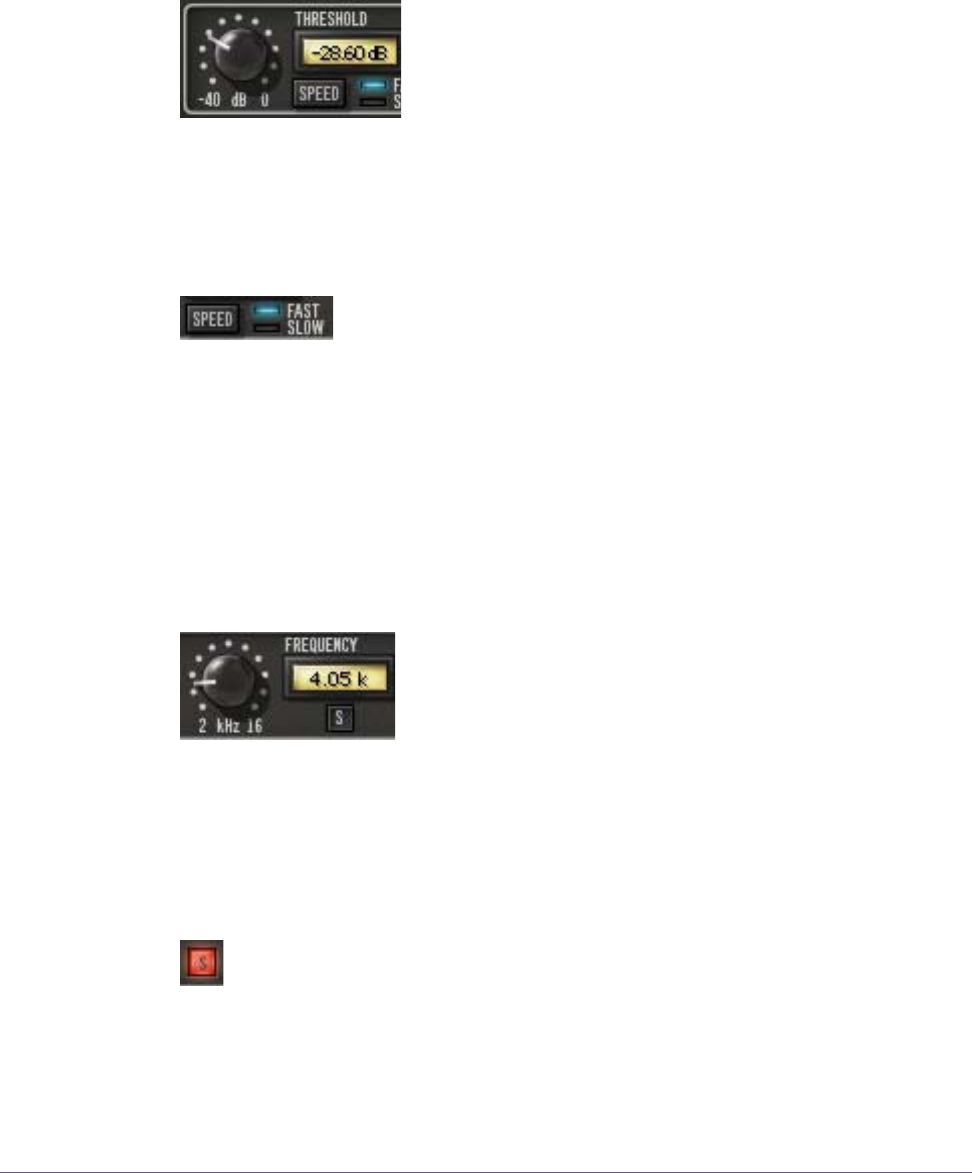User Manual
Table Of Contents
- UAD Powered Plug-Ins
- Introduction
- UAD Installation
- Overview
- QuickStart DVD
- System Requirements
- Supported Hosts
- Latest Information & Software Updates
- UAD Software Installation
- Install Software First
- UAD Hardware Installation
- Authorization
- Authorize Plug-Ins Procedure
- Load Authorization File
- Offline Authorization
- Using Unlicensed Plug-Ins
- Verifying Installation
- Learn More
- Software Removal
- UAD System Overview
- My.uaudio.com
- Using Multiple UAD Cards
- UAD Meter & Control Panel
- Overview
- Launching the UAD Meter & Control Panel Application
- Using the UAD Meter
- UAD Meter Elements
- UAD Control Panel
- System Information Panel
- Plug-Ins Panel
- Configuration Panel
- Help & Support Panel
- Using UAD Powered Plug-Ins
- Tempo Sync
- UAD Delay Compensation
- UAD-Xpander & UAD-Xtenda
- LA-2A and 1176LN
- LA-3A Compressor
- Fairchild 670
- Precision Multiband
- Precision Limiter
- Precision Buss Compressor
- Neve 33609 Compressor
- VCA VU
- Neve 88RS Channel Strip
- CS-1 Channel Strip
- Precision Equalizer
- Cambridge EQ
- Pultec and Pultec-Pro
- Neve 1073 Equalizer
- Neve 1081 Equalizer
- Helios Type 69 Equalizer
- Roland CE-1
- Roland Dimension D
- Roland RE-201
- RealVerb Pro
- DreamVerb
- Plate 140
- Precision Maximizer
- Precision De-Esser
- Precision Enhancer kHz
- SPL Transient Designer
- Nigel
- Introducing Nigel
- Preflex Plug-in
- Preflex Modules
- Gate/Comp Module
- Amp Module
- Amp Controls
- Cabinet Module
- Phasor Module
- Mod Filter Module
- TremModEcho plug-in
- Trem/Fade Module
- Mod Delay Module
- Echo Module
- Moog Multimode Filter
- History
- Index

UAD Powered Plug-Ins Manual - 298 - Chapter 34: Precision De-Esser
Precision De-Esser Controls
Control knobs for the Precision De-Esser behave the same way as all UAD
plug-ins. Threshold, Frequency, and Width values can be modified with text
entry. See “Text Entry” on page 79 for more information.
Threshold Threshold controls the amount of de-essing by defining
the signal level at which the processor is activated. Ro-
tate Threshold counter-clockwise for more de-essing.
Signals peaks, as determined by Frequency (“Fre-
quency” on page 298) and Width (“Width” on page 299), that exceed the
Threshold level are compressed by a ratio of 7:1.
The available range is –40dB to 0dB.
Speed Speed determines the response of the sibilance detector. Fast
mode will usually make sibilance reduction more obvious. In
Slow mode the effect is usually more subtle but can produce a more natural-
sounding result. The actual times of the two modes are as follows:
• Fast: Attack = 0.5ms, Release = 30ms.
• Slow: Attack = 2.0ms, Release = 120ms.
Click the Speed button to change the mode. Alternately, you can click+hold
the LED area and drag like a slider to change the value.
Frequency This control defines the center frequency of the de-esser
when in bandpass mode, or the cutoff frequency of the
de-esser when in highpass mode. For bandpass use,
the value is set to the center of the undesirable fre-
quency range that is to be reduced. For highpass use, the value is set below
the frequency range that is to be reduced. Used in conjunction with the Width
control (“Width” on page 299), a broad range of de-essing is possible.
The available range is 2kHz – 16kHz.
Solo The Solo button isolates the de-essing sidechain (the signal defined by
Frequency and Width). Solo makes it easier to hear the problem fre-
quencies to be attenuated.
Click the button to active Solo mode. The button is red when Solo is active.










